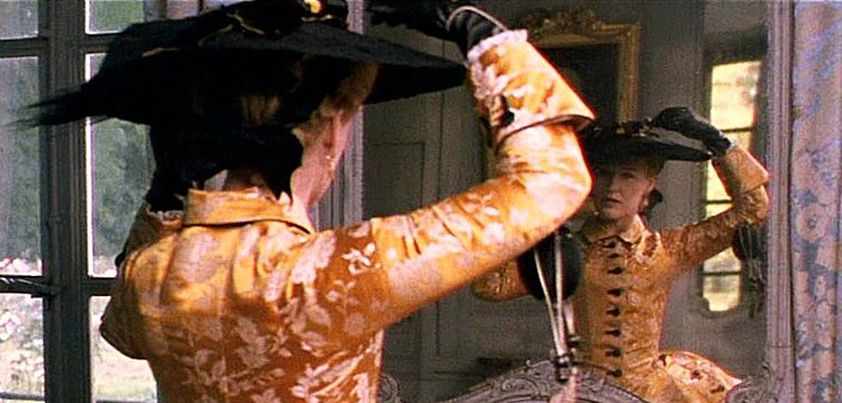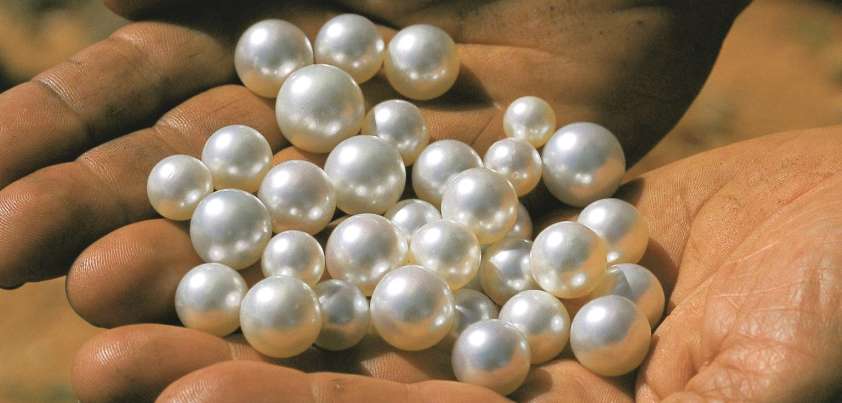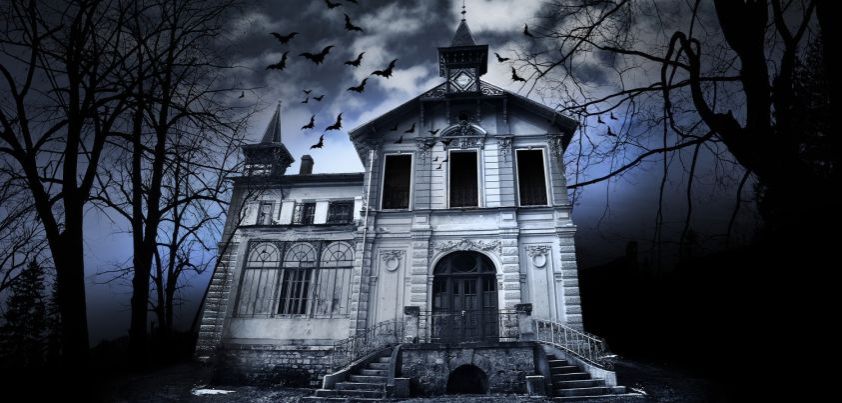 Rather than a unified plot, this Virginia Woolf story describes a series of unrelated events over a few minutes of time. A married couple exchange memories of earlier visits to the gardens; an eccentric old man accompanied by a carer talks nonsense to the flowers; two elderly women break into their small talk to gossip about the old man; an infatuated young couple create their own memories for later visits; a purposeful snail decides on the best path to its destination. Themes: peace and beauty amid turmoil, isolation, memories, regret, aging, romance, gender roles, aimlessness vs. focus and determination. More…
Rather than a unified plot, this Virginia Woolf story describes a series of unrelated events over a few minutes of time. A married couple exchange memories of earlier visits to the gardens; an eccentric old man accompanied by a carer talks nonsense to the flowers; two elderly women break into their small talk to gossip about the old man; an infatuated young couple create their own memories for later visits; a purposeful snail decides on the best path to its destination. Themes: peace and beauty amid turmoil, isolation, memories, regret, aging, romance, gender roles, aimlessness vs. focus and determination. More…
Archives
The New Dress
 Virginia Woolf’s middle-aged, lower middle-class protagonist has gone to great lengths to have the perfect dress made for an upper middle-class party. The moment she arrives, she sees that the dress is “not right”. Highly embarrassed, she imagines everyone is mocking her. At first, she blames her situation on her working class upbringing and fantasizes about what might have been if her family had been wealthy. Then, in a moment of introspection, she remembers the good times in her life, commits to a plan for self-improvement, and leaves the party early. Themes: insecurity, self-consciousness, class, poverty, alienation, self-discovery. More…
Virginia Woolf’s middle-aged, lower middle-class protagonist has gone to great lengths to have the perfect dress made for an upper middle-class party. The moment she arrives, she sees that the dress is “not right”. Highly embarrassed, she imagines everyone is mocking her. At first, she blames her situation on her working class upbringing and fantasizes about what might have been if her family had been wealthy. Then, in a moment of introspection, she remembers the good times in her life, commits to a plan for self-improvement, and leaves the party early. Themes: insecurity, self-consciousness, class, poverty, alienation, self-discovery. More…
The Duchess and the Jeweller
 This story by Virginia Woolf reflects the period in which the moral decadence of British aristocracy led to its loss of respect among the people and the rising influence of newly rich commoners. It also shows how both groups could be equally ruthless in achieving their goals. Extensive use is made of symbolism, examples of which include: 1) The portrait of the Jeweler’s mother, representing his conscience; 2) Some fake (rotten at the core) pearls, representing the Duchess’s shallow, dishonorable character; and 3) The Jeweler’s purported love for the Duchess’s daughter, representing his desire for respectability and higher social status. More…
This story by Virginia Woolf reflects the period in which the moral decadence of British aristocracy led to its loss of respect among the people and the rising influence of newly rich commoners. It also shows how both groups could be equally ruthless in achieving their goals. Extensive use is made of symbolism, examples of which include: 1) The portrait of the Jeweler’s mother, representing his conscience; 2) Some fake (rotten at the core) pearls, representing the Duchess’s shallow, dishonorable character; and 3) The Jeweler’s purported love for the Duchess’s daughter, representing his desire for respectability and higher social status. More…
A Haunted House
 If you read Virginia Woolf‘s A Haunted House expecting it to be a horror story, you will come away disappointed. Rather than scary, the best words I can think of to describe the story are “sweet and sour”. Sweet because it involves two ghosts who are still very much in love after hundreds of years. Sour because (for me) Woolf confuses the plot with a little too much poetic prose. Although the central theme of the story is love, its message is more focused. Life is short, so we should treasure each moment we spend with the ones we love. More…
If you read Virginia Woolf‘s A Haunted House expecting it to be a horror story, you will come away disappointed. Rather than scary, the best words I can think of to describe the story are “sweet and sour”. Sweet because it involves two ghosts who are still very much in love after hundreds of years. Sour because (for me) Woolf confuses the plot with a little too much poetic prose. Although the central theme of the story is love, its message is more focused. Life is short, so we should treasure each moment we spend with the ones we love. More…